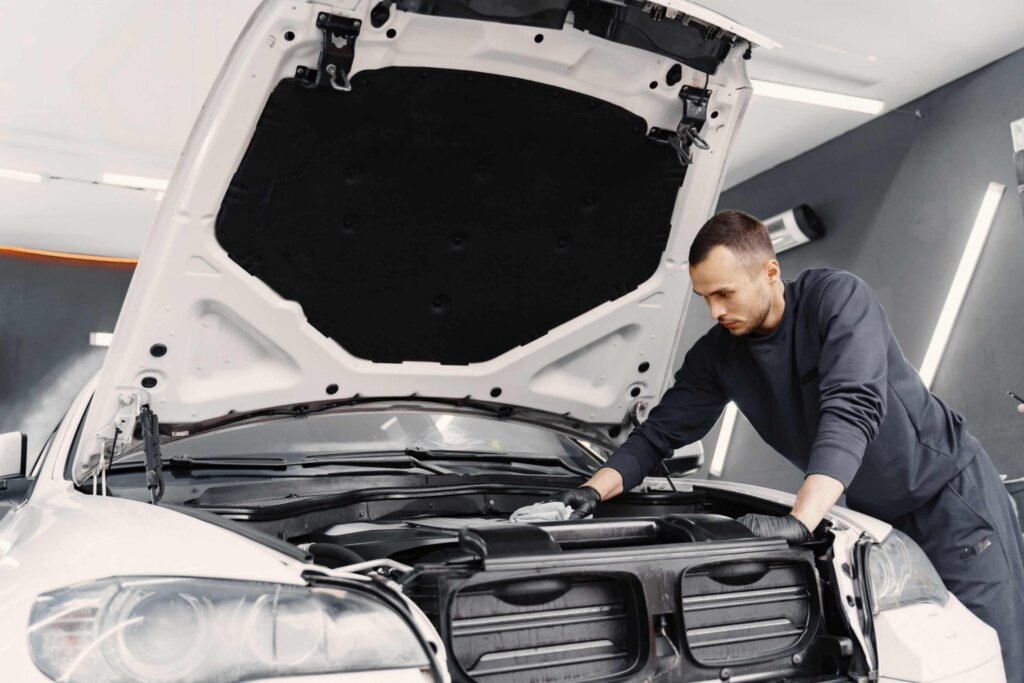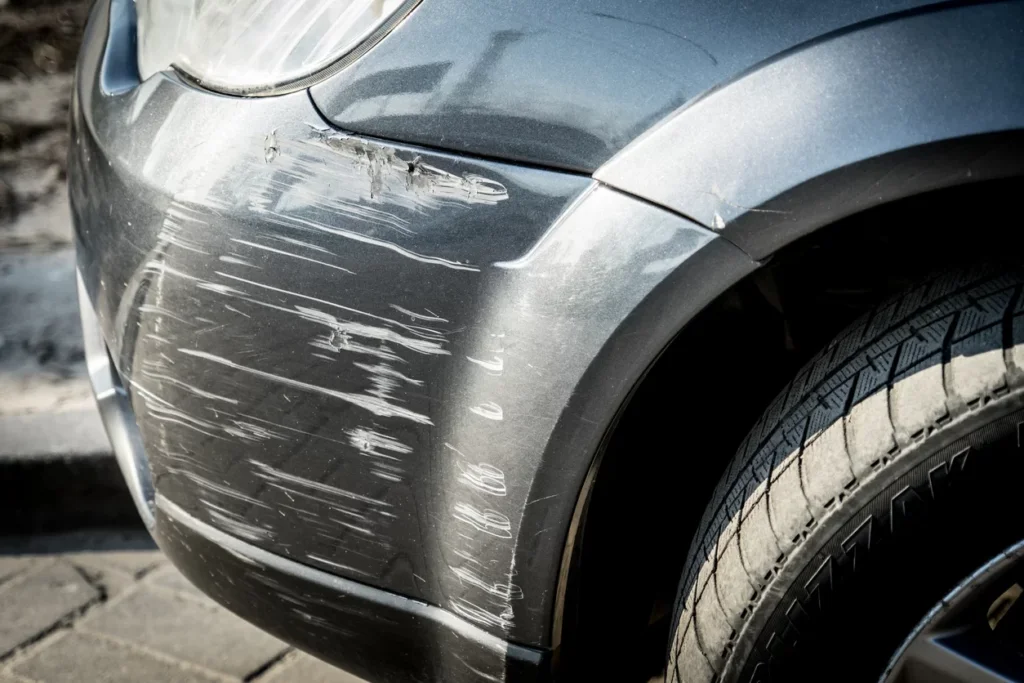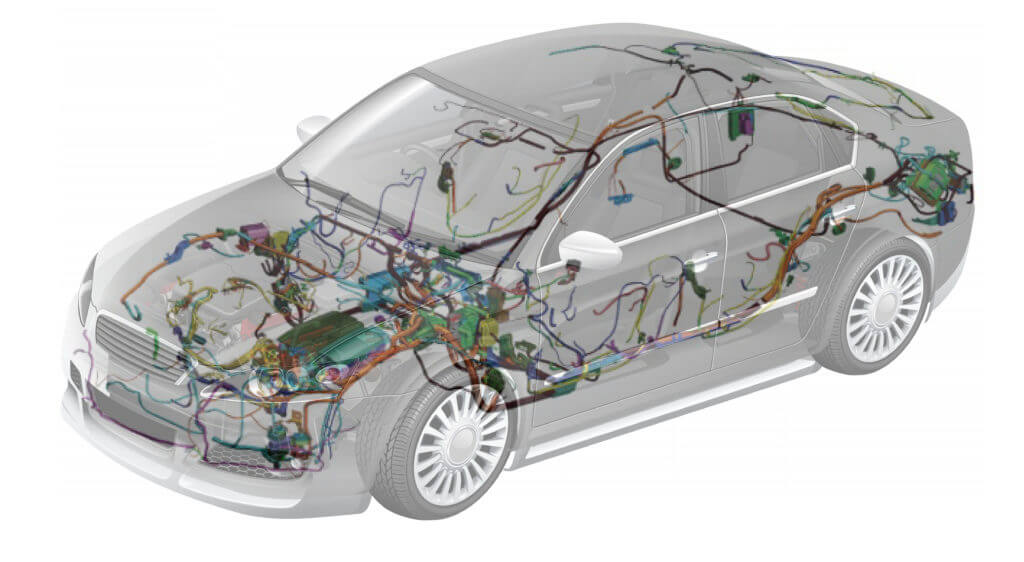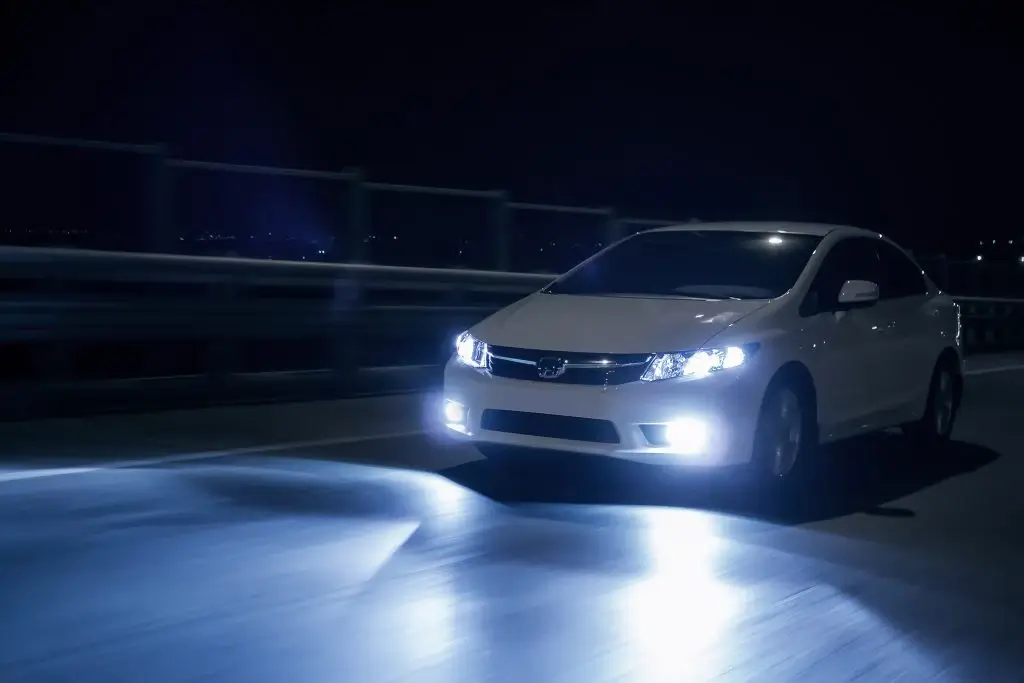
What is the wiring harness in the car?
In simple terms, a wiring harness in a car is a collection of electrical wires that connect different parts of the vehicle’s electrical system. It is like a network of wires that allows electricity to flow between various components in the car.
The wiring harness is made up of many individual wires bundled together and covered with protective insulation. These wires are usually color-coded to make it easier to identify and connect them correctly. The wiring harness runs throughout the car, from the engine compartment to the dashboard, doors, lights, stereo system, sensors, and other electrical components.
The main purpose of the wiring harness is to provide a secure and organized way to transmit electrical power and signals to different parts of the car. It ensures that electricity can flow properly and reach the right places, allowing the car’s electrical systems to work as intended.
For example, the wiring harness connects the battery to the various electrical components that need power, such as the headlights, taillights, power windows, and radio. It also connects sensors to the engine control unit, allowing information about the car’s performance to be communicated and acted upon.
The wiring harness is designed to protect the wires from damage and prevent electrical problems. It keeps the wires bundled together, preventing them from getting tangled or snagged. The protective insulation on the wires shields them from moisture, heat, and other elements that could cause damage or short circuits.
Overall, the wiring harness is an important part of a car’s electrical system. It ensures that electricity is properly distributed throughout the vehicle, allowing different electrical components to work together and ensuring the car functions as it should.
How many wiring harness are in a car?
In a car, there are typically multiple wiring harnesses. The exact number can vary depending on the complexity and features of the vehicle. Generally, a car can have anywhere from 10 to 50 or more wiring harnesses, depending on the number of electrical components and systems present.
Each wiring harness is designed to serve a specific purpose and connect specific electrical components or systems. For example, there may be a wiring harness for the engine and related components, another for the lights, another for the audio system, and so on. Each major system in the car usually has its own dedicated wiring harness.
These individual wiring harnesses are then interconnected in the car, allowing them to communicate and work together.
They may be routed through different areas of the car, such as the engine compartment, the passenger compartment, and the doors.
The number and complexity of wiring harnesses in a car can increase with the presence of advanced features and technologies. For example, a car with a complex infotainment system, advanced driver-assistance systems, or electric powertrain components may require more wiring harnesses to support these features.
Overall, while it can vary, a car typically has multiple wiring harnesses that work together to ensure the proper functioning of its electrical systems and components.
Can the wiring harness drain a Battery
The wiring harness itself does not typically drain the car battery. The purpose of the wiring harness is to provide electrical connections between various components in the car’s electrical system. However, there are certain situations where a faulty or damaged wiring harness can indirectly contribute to battery drain.
If there is a short circuit or an electrical fault within the wiring harness, it can create a pathway for electricity to flow even when it’s not intended. This unintended flow of electricity can cause a continuous drain on the car’s battery, leading to its depletion over time.
Similarly, if there is a loose or faulty connection within the wiring harness, it can cause certain electrical components or systems to remain active even when the car is turned off. For instance, if a wire in the harness is frayed or damaged and makes contact with a metal surface, it can create an unintended circuit that draws power from the battery even when the car is not in use.
Furthermore, if the car has been modified with aftermarket electrical components or accessories, such as stereo systems or additional lights, and the wiring for these components is not properly integrated into the existing wiring harness, it can lead to battery drain. Improperly installed or incompatible electrical additions can cause increased power consumption and drain the battery.
In summary, while the wiring harness itself does not drain the car battery, faults or damages within the harness or improper installation of aftermarket electrical components can create electrical issues that result in battery drain. It is essential to regularly inspect and maintain the wiring harness, as well as any additional electrical installations, to prevent such issues and ensure the proper functioning of the car’s electrical system without excessive battery drain.












